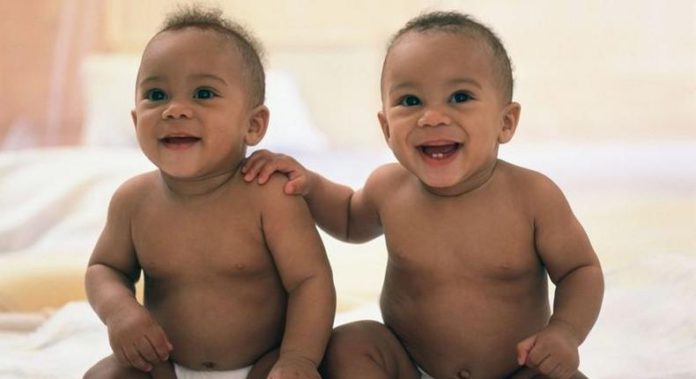
Many people would love to give birth to twins because they are cute and shorten the stress of undergoing childbirth many times.
Having twins is not just a matter of chance; there’s so much you can do to give birth to twins
There are two types of twins: fraternal twins and identical twins.
Identical twins are born when an egg is fertilized by a single sperm and two identical twins with the same sex and DNA are produced.
Fraternal twins are born when two different eggs are fertilized by two sperm cells. They can be of different sexes, lack the same DNA, and do not look alike.
What can you do to give birth to twins?
1. Drink milk and eat dairy products
Consuming dairy products can increase the chances of twin pregnancies due to the growth hormones released by cows in their milk. Dairy foods can boost insulin-like growth factor (IGF) production in women, promoting the release of eggs by the ovary and making two more likely to be fertilized simultaneously.
2. Marrying a partner with the twins’ gene
Finding a partner with a family history of twins increases the chances of having twins. If you have a lot of twins in your family and your partner does, there is an even higher chance you will give birth to twins.
3. Getting fatter
Studies have found that people with a body mass index of 30 have a higher chance of giving birth to twins. Obesity increases the chance of twin pregnancies due to increased levels of oestrogen, a female sex hormone, and excessive stimulation of the ovaries that comes from extra body fat.
This can result in multiple eggs being released instead of one.
4. Get pregnant in your 30s or 40s
Those who are over 30 years old are more likely to conceive twins due to increased production of the follicle-stimulating hormone (FSH), which is responsible for egg development in the ovaries. Lower fertility levels can cause follicles to overreact, releasing multiple eggs and causing multiple births.
5. In vitro fertilisation (IVF)
Expecting mothers who undergo IVF may be given drugs that boost the likelihood of twin pregnancies. Twin pregnancies are more likely, depending on how many embryos are transferred during the procedure. If numerous embryos are transferred, the successful attachment and development of two or more embryos into a set of twins or more may result in fraternal twins.
ALSO READ:

